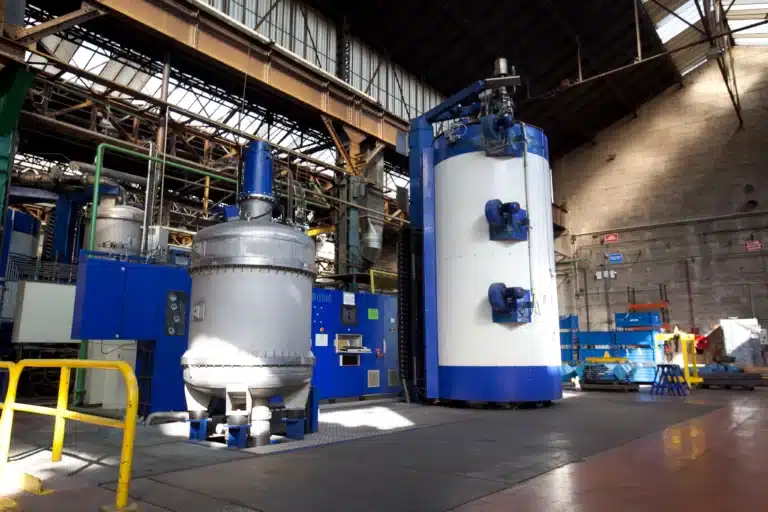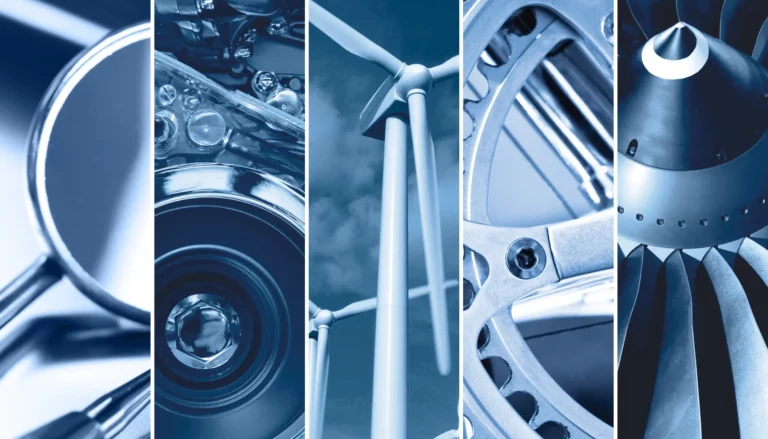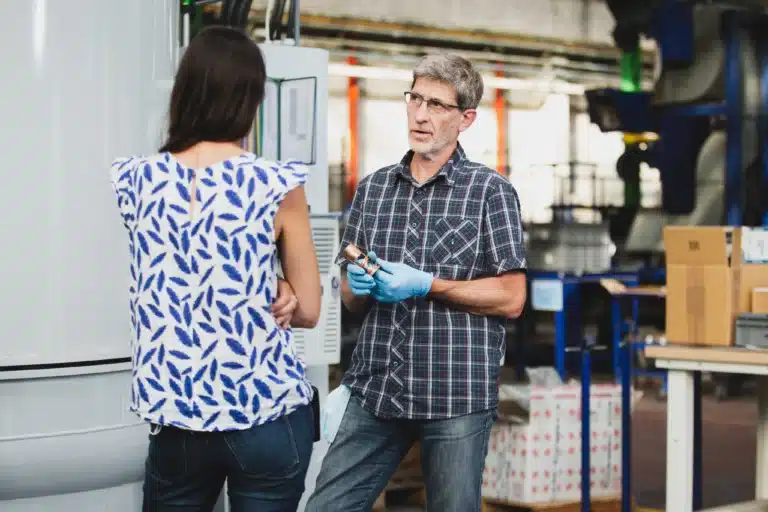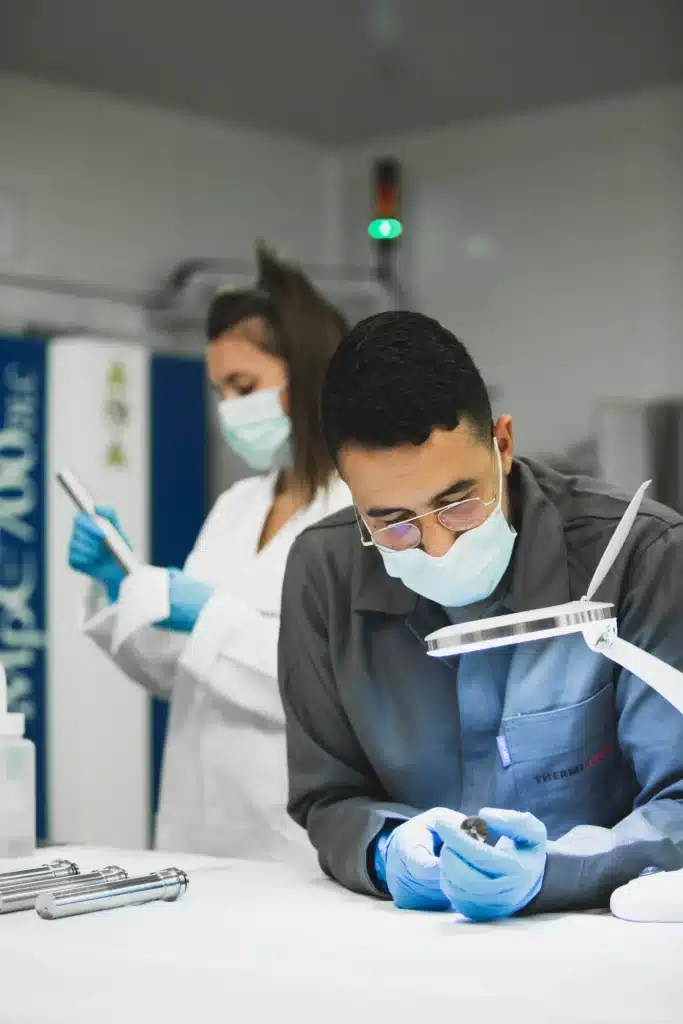Stainless steels are metals renowned for their anti-corrosion properties . This makes them a highly sought-after alloy in various industries such as food processing (tanks), automotive, aeronautics...
Since its creation, THERMI-LYON has offered its customers a range of thermochemical treatment solutions for austenitic stainless steels. Over 60 years' experience in stainless steel treatment!
The development of THERMI-LYON's metal treatment technologies has been driven by both customer and environmental requirements. Here's an overview of the technologies used to treat stainless steels.
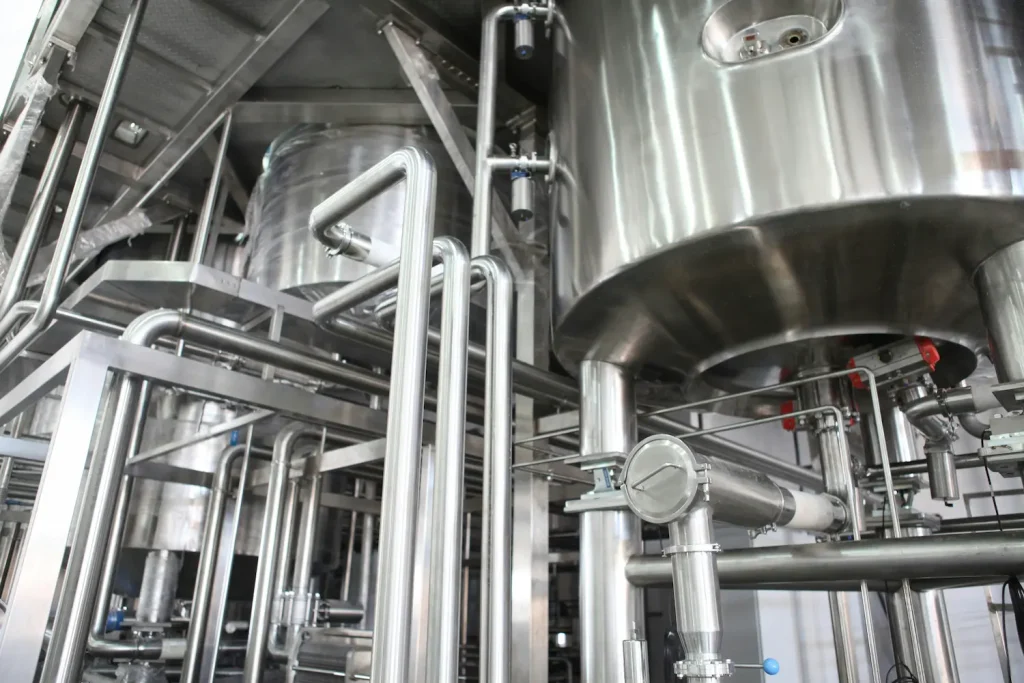
Salt bath technology, one of the first processes used
To properly treat stainless steel, it is necessary to depassivate the surface of the metal part to be treated. This surface preparation step then enables nitrogen atoms to be diffused in the case of nitriding , or nitrogen and carbon in the case of nitrocarburizing. The result is treated parts with enhanced mechanical properties: excellent resistance to wear and seizure.
The first materials treatment technologies used were salt baths. The bath's chemistry enables reactions that facilitate depassivation.
THERMI-LYON has used several chemical bath processes for nitrocarburizing austenitic stainless steels: Sulfinuz, Sursulf, THERMI-SULFO, TENIFER QPQ.
Salt bath technology enables parts to be processed in bulk, which represents a major economic advantage.
On the other hand, this technology requires the use of chemicals that have to be controlled from an environmental point of view.
What's more, part cleanliness depends on the washing process, which is often complex and costly. In the presence of blind holes, for example, homogeneity of treatment and cleanliness of the treated surface are sometimes difficult to achieve.
This chemical treatment also precipitates nitrides on the surface, degrading corrosion resistance.
Advantages of salt bath technology :
- Productivity
- Bulk processing possible
Limits of salt bath technology :
- Environmental impact due to the use of pollutants
- Cleanliness of parts
- Reduced corrosion resistance of stainless steel
Ion or plasma technology, a clean process
Of course, it is also possible to treat stainless steel with ion nitriding or nitrocarburizing. This technology uses controlled ion bombardment to depassivate the steel surface before diffusing nitrogen and carbon atoms to increase surface hardness.
This technology also makes it possible tospare areas that you don't want to treat. In this case, it is necessary to specify the surface to be protected on the drawing of the metal parts.
Ion nitriding or ion nitrocarburizing uses vacuum and plasma technology, which limits deformation while .
This process is known as "clean" because the parts are clean after treatment and low-pressure gas injection means low consumption of products and rejects.
On the other hand, it does not allow parts to be processed in bulk.
Advantages of ionic technologies :
- Cleanliness of treated parts
- Possibility of partial treatment (localized treatment)
- Durable, eco-friendly treatment
Limits of ionic technologies :
- Bulk processing not possible
- Possible reduction in corrosion protection
ASPN technology developed by the Thermilyon Group
THERMI-LYON's idea was to find a new treatment process that combines the advantages of previous treatments without the drawbacks:
Clean technology, efficient depassivation, bulk processing for greater productivity.
Our new ASPN technology has made it possible to meet these criteria.
ASPN technology is available in 2 treatment families:
- - anti-wear, anti-seize and corrosion resistance: THERMI®-SP TREATMENT
- - anti-wear, anti-seize: THERMI®-WEARINOX® TREATMENT
This last treatment is an interesting alternative to salt baths. This technique is totally Eco-friendly, using a vacuum process, and the parts are perfectly clean after treatment and require no cleaning.
Advantages of ASPN processes :
- Cleanliness
- Bulk processing
- Corrosion resistance for Thermi®-SP
Limits of ASPN processes :
- Choice of stainless steel grades and corrosion control to be taken into account
Note that ASPN technology can also be used to process superalloys such as certain grades of inconel.
Depending on the different types of stainless steel and your specifications, the Thermilyon Group's treatment workshops have different processes to meet your expectations for your stainless steel parts.
